Which device – the Google Pixel 7a or the iPhone 13 – should you buy?

The Pixel 6a’s replacement, the Pixel 7a, was unveiled by Google at Google I/O 2023. The Pixel 7a is a substantial improvement over the Pixel 6a. It resembles the Google Pixel 7 in terms of appearance and some of its specifications, but at a lower price.
But, if you’re looking to get a Google Pixel 7a, you could find it difficult to choose between it and the iPhone 13, which is in a similar price range. To assist you in making your choice, we’ll compare the Pixel 7a and iPhone 13.
iPhone 13 vs. Google Pixel 7a: Specifications
| Specifications | Pixel 7a | iPhone 13 |
|---|---|---|
| Display | 6.1-inch OLED with 90Hz refresh rate; supports HDR | 6.1-inch Super Retina XDR OLED with 60Hz refresh rate; supports HDR 10, Dolby Vision |
| Resolution | 1080 x 2400 pixels (~429 ppi density) | 1170 x 2532 pixels (~460 ppi density) |
| Size and Weight | 5.98 x 2.87 x 0.35 inches; 6.84 ounces (193.5 grams) | 5.78 x 2.81 x 0.30 inches; 6.14 ounces (174 grams) |
| Processor | Tensor G2 (5nm) | A15 Bionic (5nm) |
| RAM | 8GB | 4GB |
| Storage Options | 128GB (UFS 3.1) | 128GB, 256GB, 512GB (NVMe) |
| Software | Android 13 | iOS 16 |
| Cameras | Rear: 64 MP (main) and 13 MP (ultra-wide) Front: 13 MP (ultra-wide) |
Rear: 12 MP (main) and 12 MP (ultra-wide) Front: 12 MP (wide) |
| Battery | 4385 mAh | 3240 mAh |
| Connectivity | 5G, Wi-Fi 6E, Bluetooth 5.3, USB-C 3.2 | 5G, Wi-Fi 6, Bluetooth 5.0, Lightning USB 2.0 |
| Wireless charging | Yes | Yes |
| Price | $499 | $699 |
On paper, the Pixel 7a’s specifications appear to be superior, but in practice, things are different. Apple released the iPhone 13 in 2021, while Google released the Pixel 7a in 2023. Thus, there is a two-year gap between these two cellphones. As a result, the Pixel 7a will have more modern technology.
iPhone 13 vs. Google Pixel 7a: Design
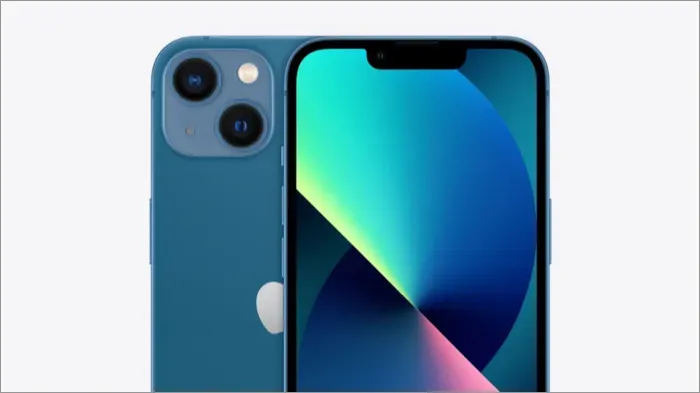
Image credit: Apple
The Pixel 7a and the iPhone 13 both feature their distinctive design aesthetics. The iPhone 13 isn’t significantly different from the iPhone 12, though. The sole distinction between the iPhone 12 and 13 is the diagonal camera module. In fact, the iPhone 13 and iPhone 14 resemble one other quite a bit.
In addition, it has a rounded square design, which some people would find uncomfortable but which I actually appreciate. The body of the iPhone 13 was encased in an aluminum frame on the sides and glass on the back by the manufacturer.
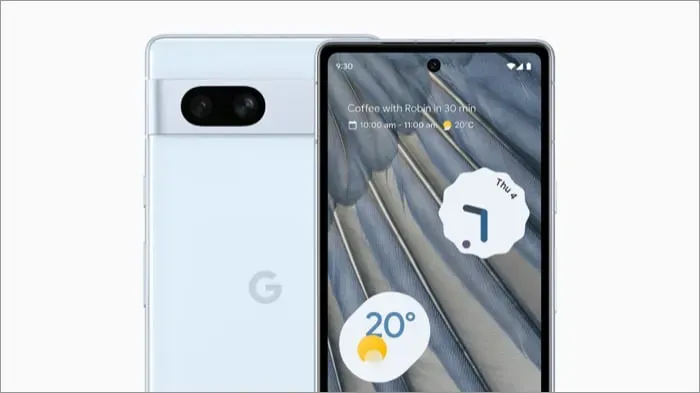
Image credit: Google
On the opposite end of the scale, the Google Pixel 7a has a completely new look from its predecessor but retains the same general appearance. As a result, you won’t be able to tell the Pixel 7 from the Pixel 7a apart.
Most consumers find the Pixel 7a to be comfortable to hold because to its more rounded form. Similar to the iPhone 13, the Pixel 7a’s body includes a metal frame on the sides. Also, it has a plastic back, which may make it feel a little flimsier in your hands.
iPhone 13 vs. Google Pixel 7a: Display

Image credit: Google
In terms of the display, the Pixel 7a has a 6.1-inch OLED screen with a refresh rate of 90Hz. It has a resolution of 1080 x 2400 pixels, and because it’s an OLED, HDR is supported right out of the box.
Although Google omitted to mention it, HDR’s peak brightness ranges between 900 and 950 nits. The top center of the display has a hole-punch cutout, and the wide bezels on the sides make it difficult to look away. The fingerprint sensor that you’ll use to unlock the Pixel 7a is also housed within the display.
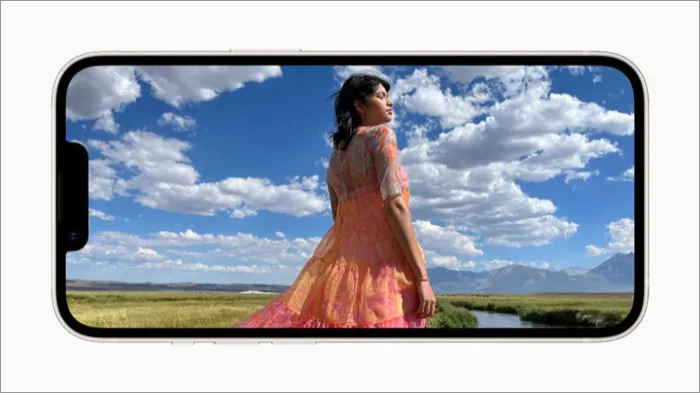
Image credit: Apple
The iPhone 13, on the other hand, tops the list since it has a 60Hz display. A 6.1-inch Super Retina XDR OLED display is one of its characteristics. It has a slightly higher resolution than the Pixel 7a at 1170 x 2532 pixels.
Also, it supports HDR 10 and Dolby Vision, and when playing an HDR video, the peak brightness may reach 1200 nits. Moreover, you get the same notch with Face ID that has been present since the iPhone X. Although though the refresh rate of the iPhone 13 is capped at 60Hz, it nevertheless provides a more upscale experience than the Pixel 7a in this area.
Performance Comparison: Google Pixel 7a vs. iPhone 13
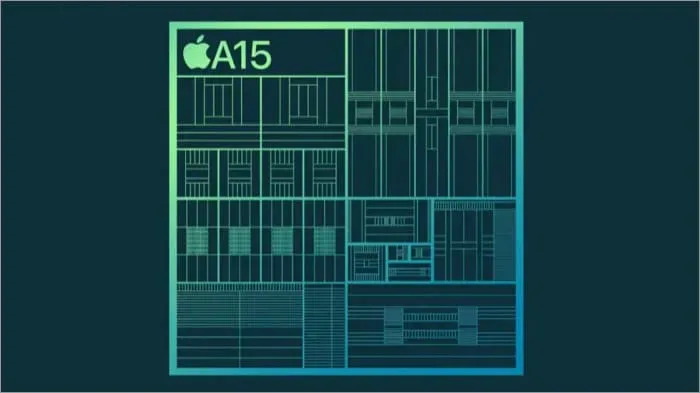
Image credit: Apple
Both the Pixel 7a and iPhone 13 use internal chipsets and function adequately. However even with 4GB of RAM, the iPhone 13 performs superior because to its improved iOS, NVMe storage, and exclusive A15 Bionic CPU.

Image credit: Google
The Pixel 7a, on the other hand, collaborated with Samsung to create a bespoke Tensor G2 chip with a 5nm architecture that can function well in everyday use. Even though it seems fantastic on paper, the UFS 3.1 storage is still slower than the NVMe on the iPhone 13, which results in somewhat longer loading times.
Overall, the performance of the Tensor G2 is still inferior to that of Apple Silicon. As a result, the iPhone 13 outperforms the Pixel 7a.
Software

Image credit: Apple
With the Apple ecosystem, you can never go wrong because all internal software versions integrate seamlessly. Even without the ecosystem, iOS offers a superior user experience and ongoing support with frequent updates.
The iPhone 13 is now running iOS 16, which offers features like Live Activities, lock screen widgets, Live Text, and more. You get a more honed iOS experience if Apple has more control over the hardware and software of the iPhone.
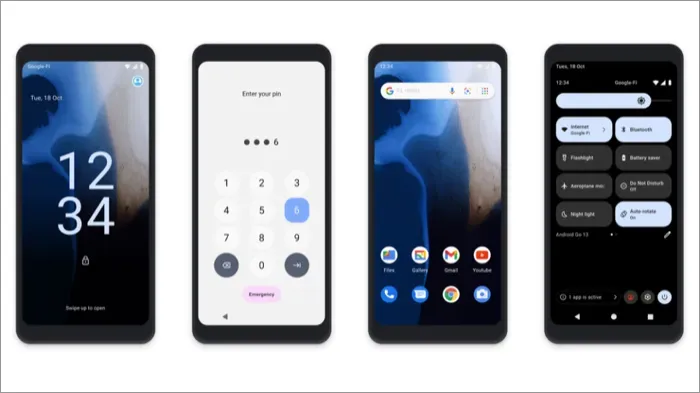
Image credit: Google
The Pixel 7a uses vanilla Android 13 and has no third-party UI, therefore there is no bloatware and Android functions as it was meant to. Android defaults to letting you personalize the majority of its features, but it lags behind in terms of ongoing maintenance.
Nevertheless, with iOS, you shouldn’t anticipate many tweaks. You must choose Android on the Pixel 7a if you want that. Having said that, the iPhone 13 offers the clearest experience if you’re more accustomed to iOS than Android or desire superior optimization.
iPhone 13 vs. Google Pixel 7a: Camera
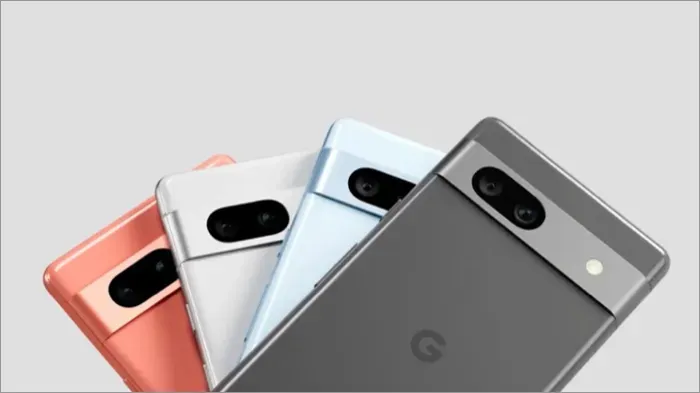
Image credit: Google
On paper, the Pixel 7a’s 64 MP primary lens and 13 MP ultrawide lens appear to be superior to the cameras on the iPhone 13. Additionally, it is more noticeable than the ones on the 50 MP primary lenses of the Pixel 7 and Pixel 7 Pro.
You might not be aware that there is no setting to adjust the default limitation of 16 MP for image capturing. Apart from that, the Pixel 7a’s camera still produces gorgeous images with improved dynamic range and the familiar Google appearance that you would prefer.
Additionally, the selfie camera performs admirably. Since it has a 13 MP ultrawide sensor, you won’t need to worry about it. Moreover, the Pixel 7a’s capacity to capture at a maximum resolution of 4K at 60 frames per second results in clear and reliable recordings. They fall short of what you get with static photographs, though.

Image credit: Apple
On the back of the iPhone 13, there is a 12 MP primary lens and a 12 MP ultrawide lens. When it comes to photographs, it does a fantastic job. Yet, how you feel about the dynamic range and the way iPhone images appear is completely personal. The 12 Megapixel wide sensor on the selfie side has the similar effect. On the iPhone, you’ll discover that the majority of your photos are uniform.
The iPhone 13 performs remarkably well when it comes to video, even better than other smartphones, which is why many filmmakers opt to record with an iPhone. It can record in 4K at a maximum of 60 frames per second, the same as the Pixel 7a, but you’ll discover that the iPhone’s footage is superior. Other capabilities include photographic styles, cinematic mode, and more.
Last but not least, choose the Pixel 7a if you frequently snap images with your smartphone. And if watching videos is your first priority, you should buy the iPhone 13 right away.
Connectivity
The iPhone 13 was released two years before the Pixel 7a. Because of this, the former has more possibilities for connectivity in some locations.
The Pixel 7a’s connectivity options include Bluetooth 5.3, Wi-Fi 6E, and USB Type-C 3.2. You’ll also get a better signal if you live in a 5G-covered area because it contains 19 5G bands.
The iPhone 13, on the other hand, offers slightly less modern but still usable connectivity options, including Bluetooth 5.0, Wi-Fi 6, and USB 2.0 via the Lightning adapter. Nonetheless, this location offers more 5G coverage than the Pixel 7a because it supports Millimeter Wave (mmWave) technology and has 23 5G bands.
iPhone 13 vs. Google Pixel 7a: Battery life

Image credit: Google
Regarding battery life, you may expect the Pixel 7a, which has a 90Hz refresh rate, to last you, on average, 6-7 hours with the screen on. Also, even if it is off, your battery life will little or barely improve.
Even though it won’t be the charger that comes in the package, you can always top it off with an 18W PD 3.0 charger. The Pixel 7a can be charged with both conventional wireless chargers at 7.5W and Qi-approved chargers at 5W.
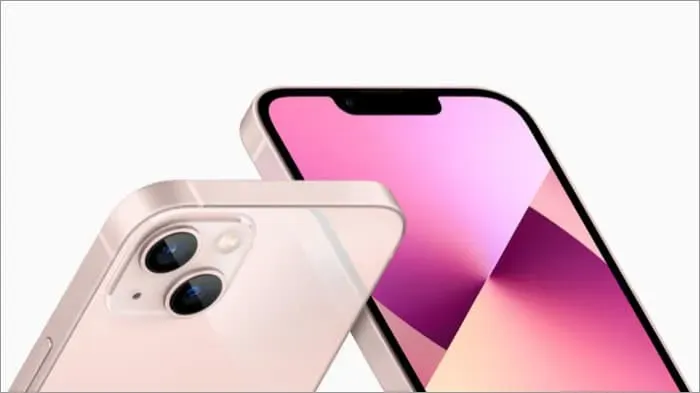
Image credit: Apple
Again, for the iPhone 13, you may anticipate a SOT of about 6-7 hours with typical use. When the Low Power Mode is activated, you can occasionally extend the period to eight hours.
Also, you may swiftly charge the iPhone 13 by using an MFi-certified charger or an Apple charger that is 20W or higher. Also, it has MagSafe technology that can wirelessly charge the iPhone 13 at 15W. Moreover, it supports 7.5W Qi-certified chargers.
iPhone 13 vs. Google Pixel 7a: Pricing
Before you decide to make any purchases, the price is always the deciding factor.
The iPhone 13 will set you back $699, whereas the Pixel 7a is available for $499.
The iPhone 13 may be purchased much more affordably via third-party resellers like Amazon, Best Buy, and a number of other places if you look hard enough. Nevertheless, since the Pixel 7a was just released a few days before this post was written, this won’t apply to it.
iPhone 13 vs. Pixel 7a: Which should you choose?
Making a choice between the two cellphones could be difficult because of their slightly varied pricing points. Although you may purchase the Pixel 7a if your budget is less than $500, if you can increase it by $200, you’ll be able to purchase a more cost-effective smartphone.
If the Pixel 7a fits within your price range and you’re seeking for a budget stock Android phone with some of the best cameras or switching from an Android phone, look no further.
However, if you’re considering Apple because of its value proposition or are upgrading from an older iPhone, you should stop searching and purchase the iPhone 13 right away. I can attest to its performance and say that it is an exceptional phone for the money.
Conclusion…
I’m hoping that our feature-by-feature analysis of the iPhone 13 and the Pixel 7a will help you decide which device to buy. Moreover, which one did you finally buy? Please tell me in the comments.
Leave a Reply